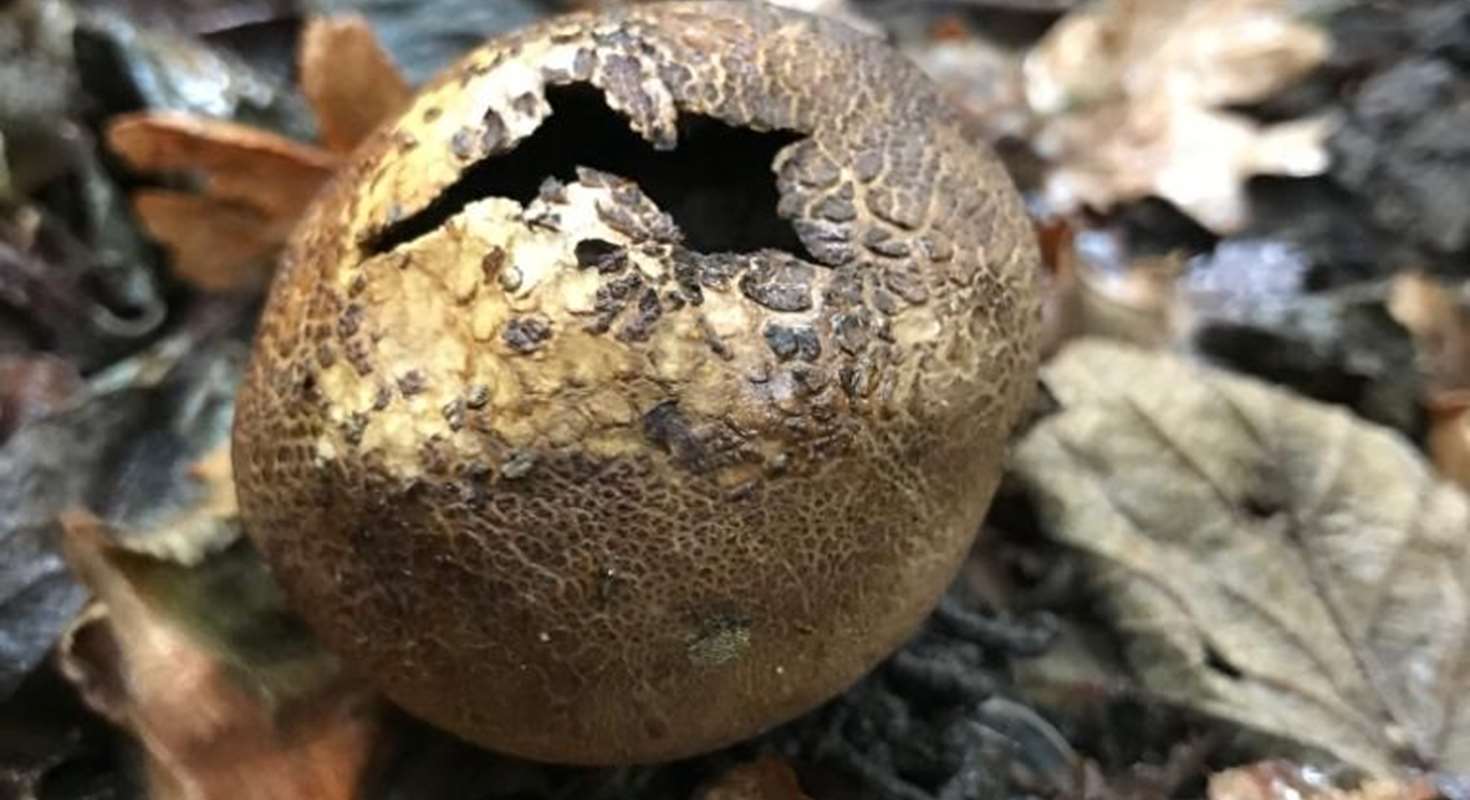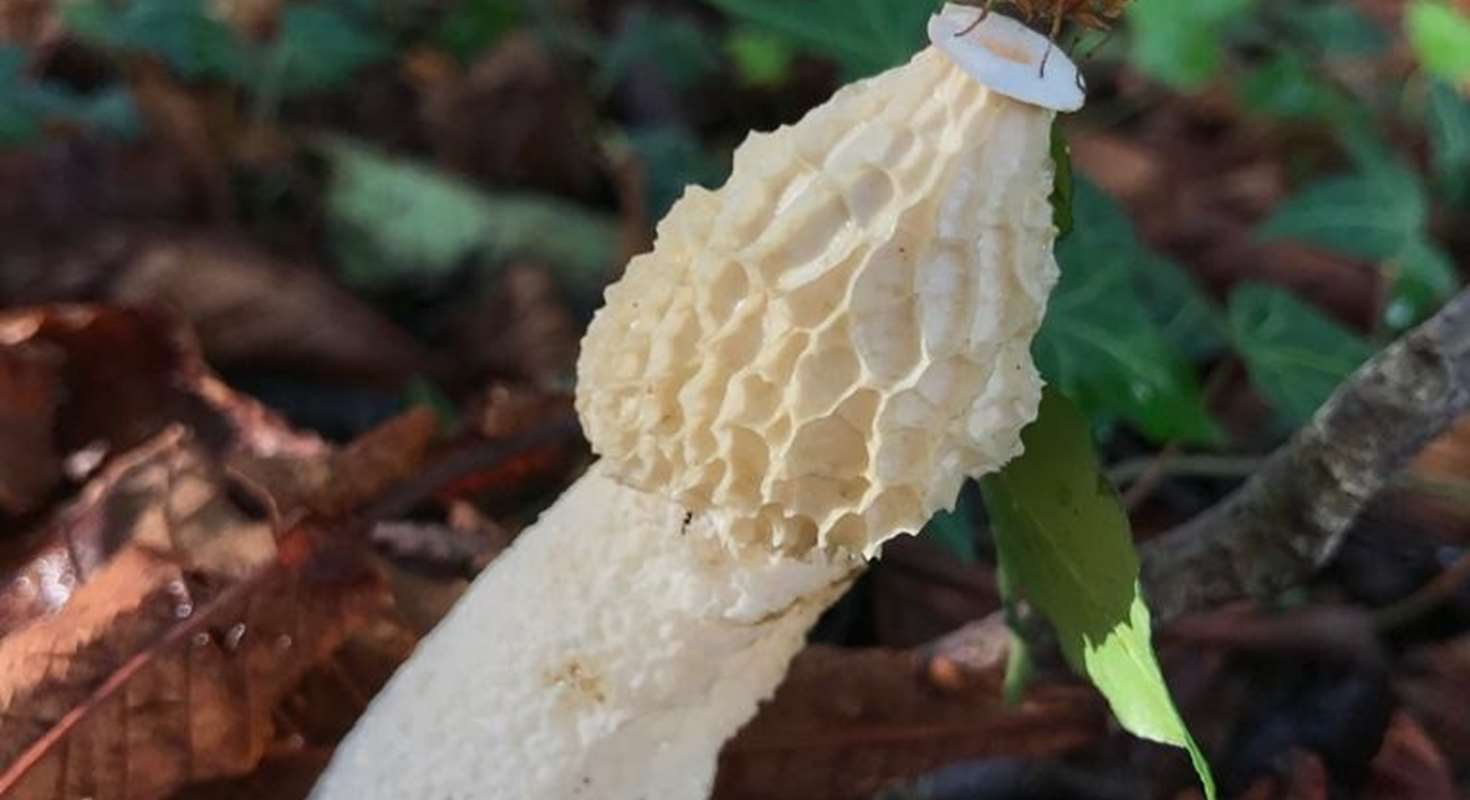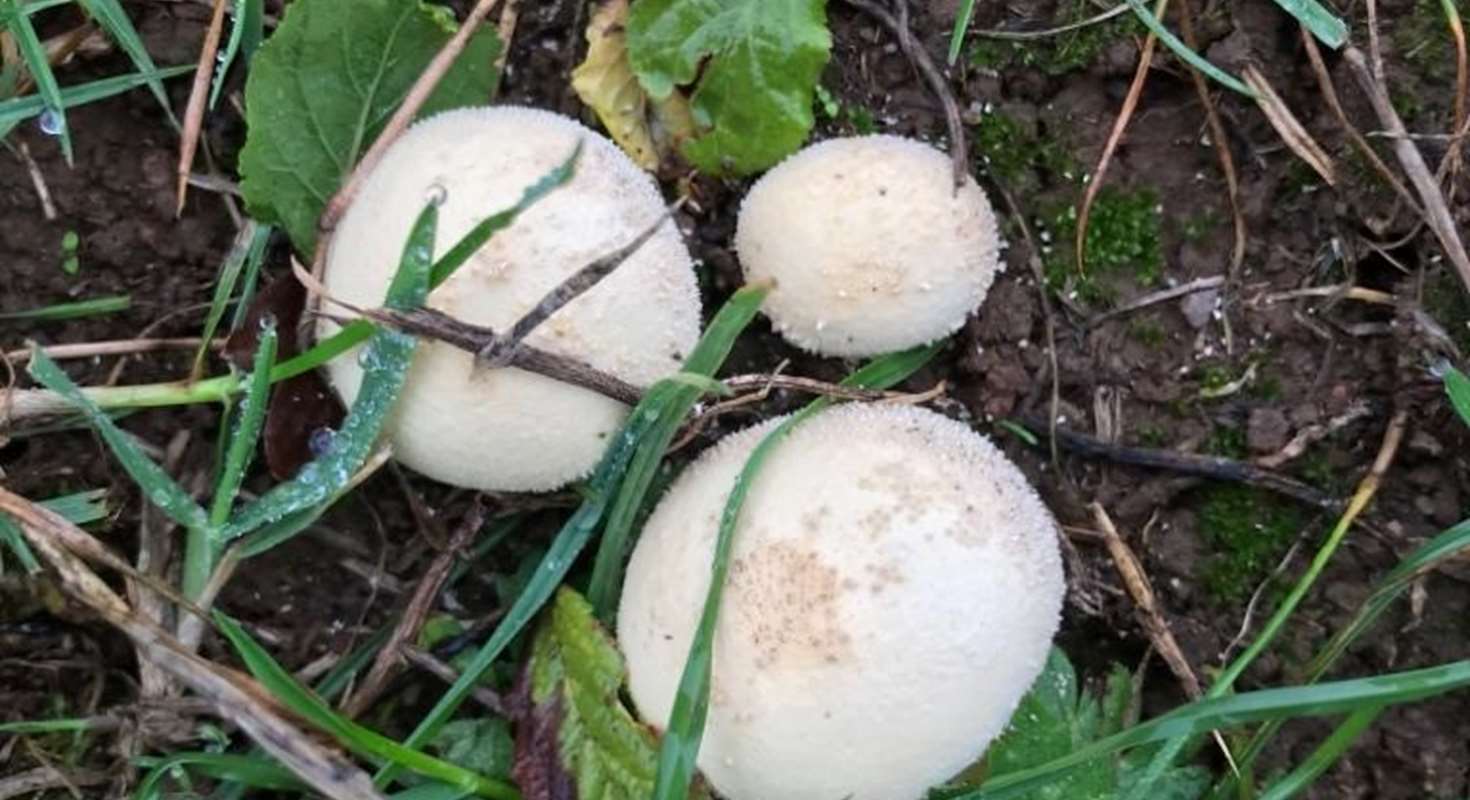We talk to Clare Morris
Before her nature walk which took place on Tuesday 22nd October.
So Clare, you are taking the wonderful guest at Gara Rock on a Devon nature walk. What can we expect to see?
I don’t want to give too much away as that will take away some of the mystery and excitement…..it’s a stunning walk. Trees, plants, ferns, and lichens are a definite and although late in the season there still might be some interesting fungi about too. Birdwise we are likely to see some woodland birds such as Great Spotted Woodpecker, Nuthatch, and Treecreeper along with many of the more common garden birds; Robin, Wren Blackbird etc. Along the coastline, there’s the potential to see several species of raptor including Buzzard, Kestrel, Sparrowhawk, and Peregrine along with sea birds such as cormorant, gannet and a number of different species of gull. The beauty of going on a guided walk is that anything might turn up. The thing about nature and wildlife is I can’t guarantee you’ll see any of the above but I can guarantee that you will see something of interest!
What is your experience and why is it pertinent to this walk?
I have been an enthusiastic and passionate conservationist and environmentalist for as long as I can remember. My interest in natural history started when I was really young - before the age of 5 and began with an obsession for birds and butterflies.
I studied agriculture and environmental science at university and spent the first 20 years of my career working in practical conservation on National Nature Reserves around the country. An important part my work on nature reserves was leading guided walks. My agricultural and environmental background along with my life-long learning about wildlife means that I am conversant with the landscape at Gara.
What is it about Devon that drew you here?
I first came to South Devon on a camping holiday aged 14 and visited Slapton Ley where I was bowled over by how wonderful it was. I then returned in 1995 when I was lucky enough to be offered the job as Assistant Reserve Officer at Slapton Ley National Nature Reserve.
What is the most exciting thing that you have seen here in Devon?
I love everything about nature so it’s a difficult one to answer but I guess it was seeing my first otter at Slapton. They are very elusive, though it’s very easy to find signs of them. After many early dawn and dusk excursions I was finally rewarded with a fairly lengthy magical sighting.
Please tell us about how the seasons vary in terms of nature here in Devon?
Due to the relatively mild but wet climate of Devon the seasons may not be quite as marked as other places elsewhere in the country. The biggest changes are from Winter into Spring and Summer going into Autumn.
Due to its climate Devon offers a longer season for the plants - for example it’s not unusual to see Red Campion flowering all year round. The birdlife is also pretty good all year round with a good species list of the resident birds. As Spring begins in late February (can be up to 3 weeks earlier than rest of the country) with flora such as celandines, primroses and wild daffodils springing into life. As the blackthorn begins to flower the resident birds begin to look for a mate. I have seen fledgling blackbirds as early as 24th March. It is around this date too that I start to look out for the first of our summer migrants such as Wheatears and Sand Martins, closely followed by the first sightings of a Swallows and House Martins. The coastline around Gara Rock and nearby Start point in particular, is an important site for the migrants crossing over the channel on their final leg all the way from Africa.
As the bluebells are in full splendour the bird numbers have swelled and all our summer migrants have arrived including the myriad of different species of warbler and other passerines.
Once they have bred and summer comes to a close and autumn arrives, the change in colour of the leaves is accompanied by the season of mellow mist and fruitfulness. This is a sign for the summer migrants to depart and be replaced by our winter migrants. These include fieldfares and redwing as well as many different species of wildfowl heading south from the Artic and Siberia.
What is your favourite season for nature?
I love all the seasons as they come around as nature doesn’t stop providing interest! But without a doubt Spring is by far the best with the hope that new life brings after the long cold nights of winter.
Lastly, where in nature is your favourite place?
I love all the different habitats really but in particular woodlands especially by a river or water combine two of my favourite habitats.
There’s nothing better than sitting under a large oak tree by a river listening out for the high pitched ‘peep peep peep ‘, before seeing that iridescent blue flash of a kingfisher…it doesn’t get much better than that!






 GARA ROCK
GARA ROCK